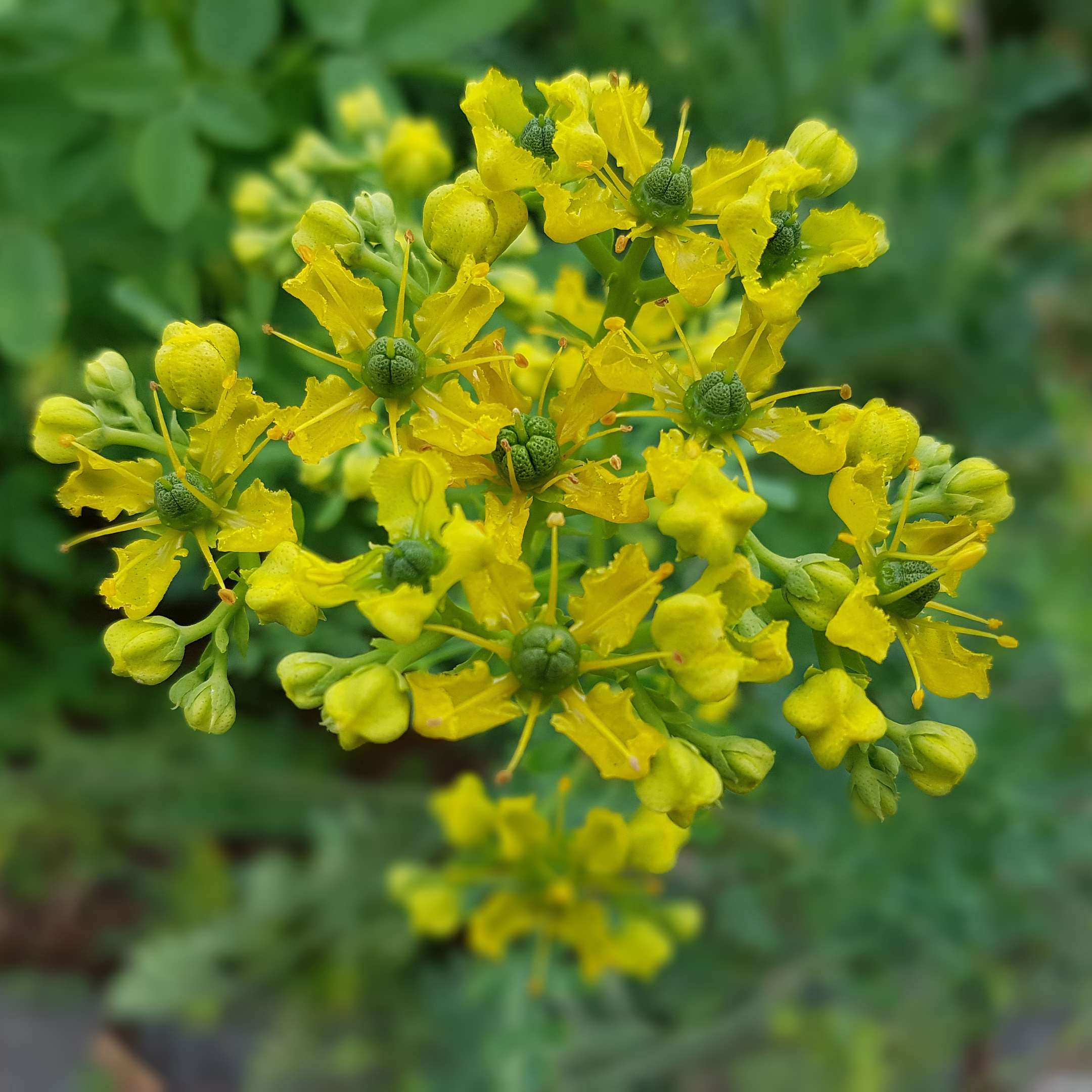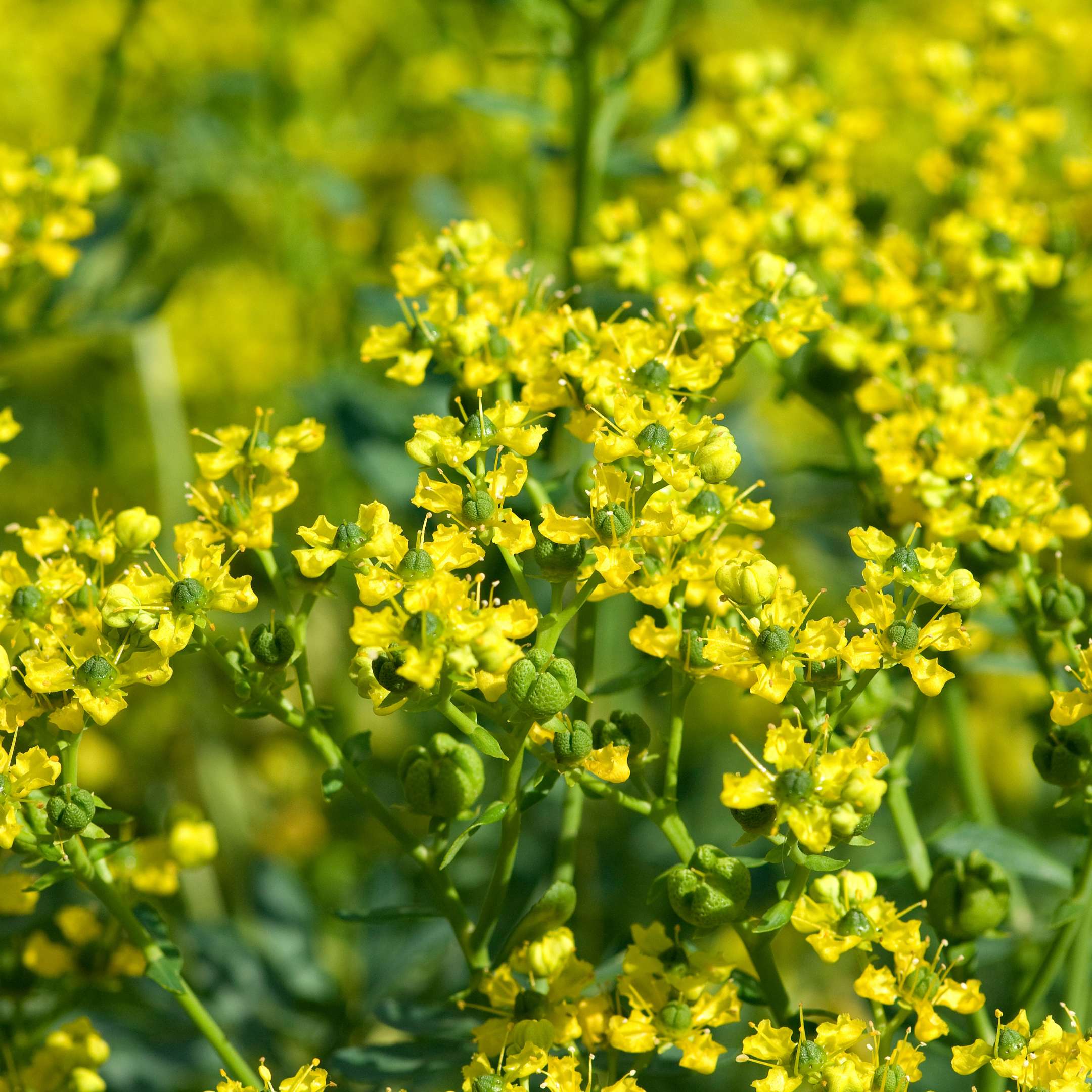Foraging Gozo. Sea Beet.
Sea Beet is found growing wild on Gozo and is a great alternative to chard.
Author of, Weeds For Health On Gozo, Heléna Szöllősy shares everything you need to know about the wild plants that make up Gozo’s unique and diverse flora. Enjoy learning about the healing benefits and many usages of Egyptian Rue which flowers on Gozo from May to June.


Botanical Name: Ruta chalepensis –L. Synonyms: Ruta angustifolia, Ruta bracteosa Family Name: Rutaceae Maltese Name: Fejġel Common Names: Egyptian Rue, Fringed rue, Wall rue Meaning of the Name: Ruta from Latin borrowed from Greek rhyte [ῥυτή]. The origin of the (originally Greek) name Ruta is unknown. Ruta may derive from the Greek rhutos, ’shielded,’ in view of its long history as an antidote or from the Greek reuo,’ to set free’, because this herb is so efficacious in various diseases, chalepensis, of or from Aleppo in north-western Syria.
Egyptian Rue is an evergreen shrub growing up to 2ft plus. It is a densely branched subshrub with leaves that are spirally arranged. On Gozo, flowers appear from May to June.

Want to learn what else you can forage on Gozo? Click here.
Author : Heléna Szöllősy. Editor: GITH

Helena is an expert on the medicinal properties of plants having trained in Herbal Medicine and Naturopathy, specialising in Phytotherapy including Homeopathy, Aromatherapy, Apitherapy and Bach Flower Therapy.
Information on the traditional uses and properties of herbs is provided in this book for educational purposes only and is not intended as medical advice. This information is not intended to be used to diagnose, prescribe or replace professional medical care. If you have any serious health concerns, you should always check with your healthcare practitioner before self-administering herbs. Please also undertake your own research when foraging. Some wild plants are endangered and are protected by law.
Sea Beet is found growing wild on Gozo and is a great alternative to chard.
Did you know Wild Asparagus Is really good for your skin? You can find it on Gozo all year round.
Wild Artichokes Are found growing wild on Gozo and super healthy for the liver.
Small White Clover, found growing wild on Gozo and known to be lucky makes a great pudding!